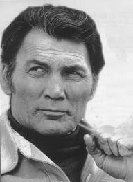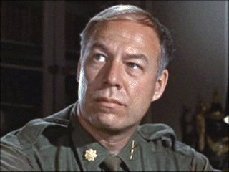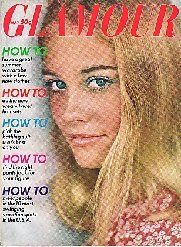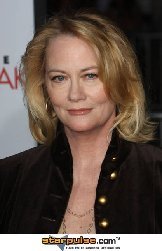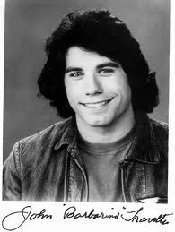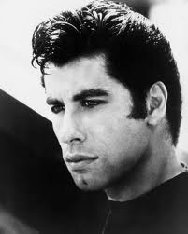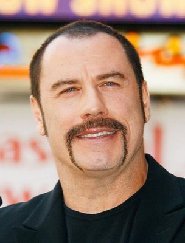
The earliest extant description of what is now often called a cupcake was in 1796, when a recipe for "a light cake to bake in small cups" was written in American Cookery by Amelia Simmons. The earliest extant documentation of the term cupcake itself was in "Seventy-five Receipts for Pastry, Cakes, and Sweetmeats" in 1828 in Eliza Leslie's Receipts cookbook.
In the early 19th century, there were two different uses for the term cup cake or cupcake. In previous centuries, before muffin tins were widely available, the cakes were often baked in individual pottery cups, ramekins, or molds and took their name from the cups they were baked in. This is the use of the name that has remained, and the name of "cupcake" is now given to any small, round cake that is about the size of a teacup. While English fairy cakes vary in size more than American cupcake, they are traditionally smaller and are rarely topped with elaborate frosting.
The other kind of "cup cake" referred to a cake whose ingredients were measured by volume, using a standard-sized cup, instead of being weighed. Recipes whose ingredients were measured using a standard-sized cup could also be baked in cups; however, they were more commonly baked in tins as layers or loaves. In later years, when the use of volume measurements was firmly established in home kitchens, these recipes became known as 1234 cakes or quarter cakes, so called because they are made up of four ingredients: one cup of butter, two cups of sugar, three cups of flour, and four eggs. They are plain yellow cakes, somewhat less rich and less expensive than pound cake, due to using about half as much butter and eggs compared to pound cake.
The names of these two major classes of cakes were intended to signal the method to the baker; "cup cake" uses a volume measurement, and "pound cake" uses a weight measurement.
A standard cupcake uses the same basic ingredients as standard-sized cakes: butter, sugar, eggs, and flour. Nearly any recipe that is suitable for a layer cake can be used to bake cupcakes. The cake batter used for cupcakes may be flavored or have other ingredients stirred in, such as raisins, berries, nuts, or chocolate chips.
Because their small size is more efficient for heat conduction, cupcakes bake much faster than a normal layered cake. During baking, the volume of the batter initially increases due to the production of carbon dioxide, then decreases upon cooling due to the release of leavening gases.
Originally, cupcakes were baked in heavy pottery cups. Some bakers still use individual ramekins, small coffee mugs, large tea cups, or other small ovenproof pottery-type dishes for baking cupcakes.
Cupcakes are usually baked in muffin tins. These pans are most often made from metal, with or without a non-stick surface, and generally have six or twelve depressions or "cups". They may also be made from stoneware, silicone rubber, or other materials. A standard size cup is 3 inches in diameter and holds about 4 ounces, although pans for both miniature and jumbo size cupcakes exist. Specialty pans may offer many different sizes and shapes.
In the early 21st century, a trend for cupcake shops, which are specialized bakeries that sell little or nothing except cupcakes, developed in the United States, playing off of the sense of nostalgia evoked by the cakes. In New York City, cupcake shops like Magnolia Bakery gained publicity in their appearances on popular television shows like HBO's Sex and the City.
Crumbs Bake Shop, a publicly traded business running the largest cupcake shop chain in the U.S., reached its peak stock price in 2011. Declining sales, due to competition from locally owned mom-and-pop specialty stores as well as increased competition from grocery stores, caused a sharp decline in the company's prospects and stock price in 2013.
Georgetown Cupcake was the first cupcakery to open in Washington, D.C. The cupcake shop gained widespread publicity after the 2010 premier of TLC's DC Cupcakes, a six-part reality show about the shop and its owners, sisters Sophie LaMontagne and Katherine Kallinis.
Based in Beverly Hills, California, Sprinkles Cupcakes is owned by Candace Nelson, who is also a star judge on the Food Network's Cupcake Wars, and her husband, Charles Nelson. Sprinkles is the first cupcake shop to debut a cupcake ATM, which could hold up to 350 cupcakes at one time.








